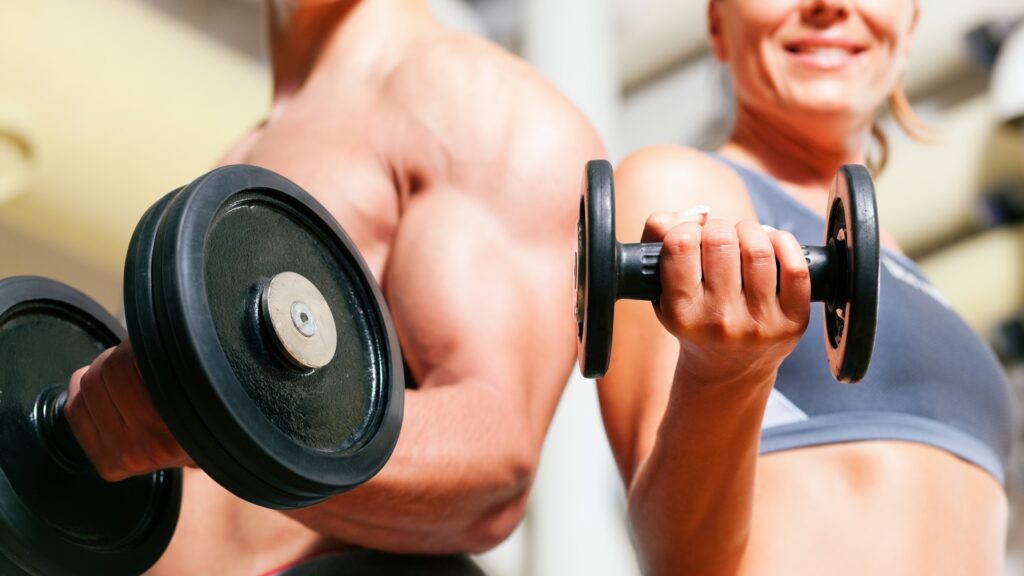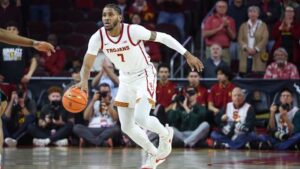
Before I receive a barrage of criticism, let me clarify that I hold no animosity towards Reformer Pilates. In fact, I’m about to embark on a 30-day fitness challenge, swapping CrossFit for Reformer Pilates to observe the physical and mental changes in my body. This brings me to the core of my argument: you can’t tone muscle you haven’t built.
Firstly, I must express my disdain for the term “toning muscle.” Essentially, it refers to creating leanness, muscle definition, firmness, or shape, rather than significant muscular size. However, you cannot achieve this with muscles that don’t exist, and building muscle is no easy feat.
Before the Pilates enthusiasts come for me, it’s important to exercise in a way that makes you happy and fulfilled. But if you’re interested, read on to discover why I prioritize weightlifting over Pilates for building muscle, and the benefits of both for your training routine.
Understanding the Benefits of Pilates
There are numerous reasons to consider taking up Pilates. An hour of Pilates can do for your body what many other training methods cannot: build mobility, flexibility, pliability, muscular control, and endurance. It strengthens your joints, muscles, and bones against injury, develops core muscles of steel, and creates posture even ballet dancers would envy.
I’m not exaggerating. The Pilates enthusiasts I know swear by it, particularly the Reformer, for transforming their bodies for the better. However, that lean and sculpted physique you’re eyeing requires building muscle using muscle-growing principles. While Pilates excels at strengthening and “toning” through high reps, light weights, and bodyweight resistance, it isn’t the gold standard for muscle building.
In short, Pilates and weightlifting are not interchangeable methods of exercise. Different training principles yield different results, albeit with some crossover. If you truly want to grow noticeable muscle size, it involves a combination of resistance training, recovery, protein intake, and progressive overload principles.
The Science of Muscle Growth
Let’s delve into the process of hypertrophy. In the hypertrophy versus strength training debate, it’s crucial to understand that these training methods are not the same, and you won’t train the same way for both. Strength training builds strength, while hypertrophy training builds lean muscle mass.
Building strength doesn’t automatically mean your muscles will grow in size. Strength training alters muscular power output, whereas hypertrophy increases the size of muscle fibers. The best way to build muscle is to engage in resistance training with progressively heavier weights, adapting load, reps, and sets over time to adequately challenge muscles and stimulate growth.
Compound exercises, which target multiple muscles like squats, are favored for optimal results. Once you’ve grown the muscle, muscle definition is determined by body fat percentage. Losing fat and gaining muscle creates the overall appearance of a lean and sculpted physique—a process known as body recomposition.
Muscle Fiber Types and Training Methods
It’s also important to consider muscle fiber types when choosing an exercise regimen. Slow-twitch muscle fibers are recruited during sustained, lower-intensity exercises like Pilates or jogging, utilizing the aerobic energy system where muscles require oxygen.
Conversely, lifting heavy weights and engaging in sports like powerlifting train fast-twitch muscle fibers, supporting short, intense efforts using the anaerobic system. In this case, muscles don’t require oxygen, but efforts are shorter and faster.
Pilates doesn’t train the same muscle fiber types as strength training. Pilates practitioners and long-distance runners typically have a different muscle composition compared to weightlifters and sprinters. Light lifting and higher reps, often found in Pilates, tap into muscular endurance rather than true weightlifting.
Studies show that lifting for fewer sets and reps at a heavier load and higher intensity is more effective and efficient for gains than the former.
Final Thoughts
It’s not to say that training principles like Pilates, calisthenics, gymnastics, and other forms of bodyweight training aren’t incredibly beneficial for your muscles. However, if your ultimate goal is to grow muscle, Pilates isn’t the arena for it—weightlifting and strength training are where you want to be.
So, when a Pilates instructor claims they will sculpt and tone your muscles, ensure you’re building them first. As the fitness community continues to evolve, understanding the distinct benefits of different training methods is crucial for achieving personal fitness goals.







